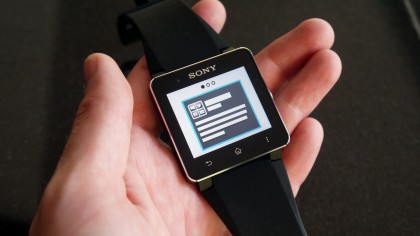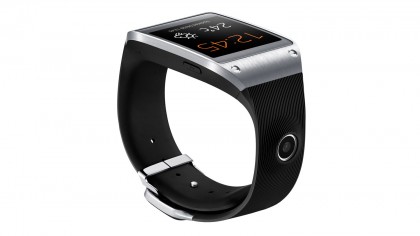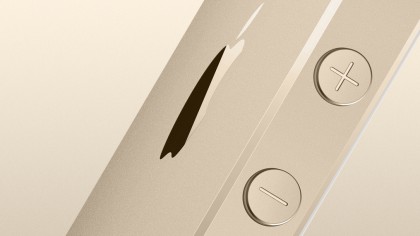11 ways Apple and Google can save the smartwatch

Anyone who's anyone is getting in on the smartwatch game right now, determined to prove that wrist-worn tech can play a valuable part in our lives.
It's not the first time the smartwatch has lusted after our arms, but with the power of the smartphone it really feels like we're closer than ever to hitting the nail on the head.
The offerings so far haven't blown us away. But Apple's (probably) got one in the works and we're pretty sure we're about to see Google drop its own. We reckon they could be about to send the smartwatch into the big time and we've got eleven handy suggestions to help them out.

1. Stay passive
Sony definitely got one thing right with the Smartwatch 2: it isn't gunning for your smartphone's job. If the smartwatch is going to hold a valid place in our lives, it needs to be an extension of our phones and little more.
Typing on a watch face is going to be more hassle than it's worth, and speaking into our watches like Dick Tracy is always going to feel weird, despite how cool we used to think it would be.
The smartwatch needs to focus on being a notifications receiver and leave input for things like controlling music playback and jumping around the interface, but leaving the main tasks to our smartphones.

2. Be smart with notifications
A lot of people don't think that smartwatches bring anything useful to the table right now, and you can see their point. But then you think about those times when you're on a crammed tube and feel your phone vibrate with a message. Or perhaps when you're out on a jog and someone tweets at you.
Sign up for breaking news, reviews, opinion, top tech deals, and more.
These are the moments when the frustration of digging into your pocket could be relieved with a simple glance of the wrist.
But wrist-based notifications also need to be smart. When we've read a text on our smartwatch, we don't want to have to deal with the same notification on our phone when we pull it out - and vice versa.
We also need total control over the information flow, which means our wrist won't be vibrating every five minutes to tell us we're being outbid on that eBay listing. Unless we really want it to.

3. Less is more
A big problem with the Samsung Galaxy Gear is that it tries to cram in every feature under the sun. So keep it simple: texts, tweets, call notifications, GPS mapping. Beyond that, it's difficult to think of much else we might want a smartwatch for.
We're bound to see more ideas down the road so opening these watches to app developers will be important. But very little should be baked into the smartwatch from the off. Setup should be simple, the interface should be simple, and dealing with notifications should be simple.

4. Lose the camera
We just don't need it on a smartwatch. No one's going to use it and, let's face it, taking pictures with your watch makes you look/feel a little creepy. By extension, viewing pictures on a smartwatch seems almost as pointless. Same goes for YouTube videos.
If you're going to have a camera on a smartwatch it needs to be a high quality one. And we'd much rather lose the lens and get a cheaper product in turn.

5. Be smartphone agnostic (or as open as possible)
This is a tricky one because there are a number of obvious business and technological considerations to think about. But then you look at the popularity of the Pebble, and having an open ecosystem is clearly beneficial.
On release, the Galaxy Gear was only compatible with the Note 3 and Note 10.1. Galaxy S4 support is now being rolled out for Gear, but that's still only three devices.

Hugh Langley is the ex-News Editor of TechRadar. He had written for many magazines and websites including Business Insider, The Telegraph, IGN, Gizmodo, Entrepreneur Magazine, WIRED (UK), TrustedReviews, Business Insider Australia, Business Insider India, Business Insider Singapore, Wareable, The Ambient and more.
Hugh is now a correspondent at Business Insider covering Google and Alphabet, and has the unfortunate distinction of accidentally linking the TechRadar homepage to a rival publication.